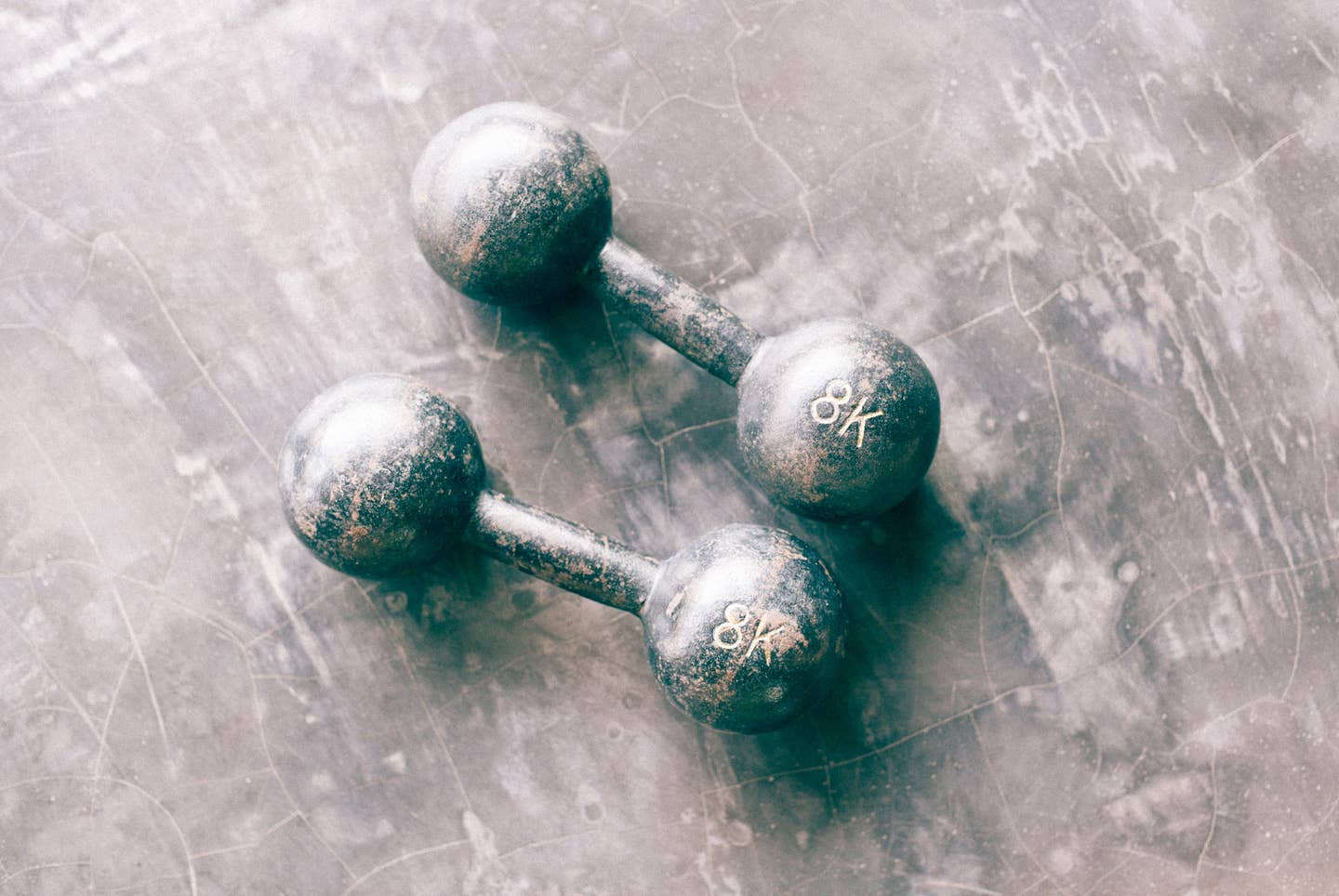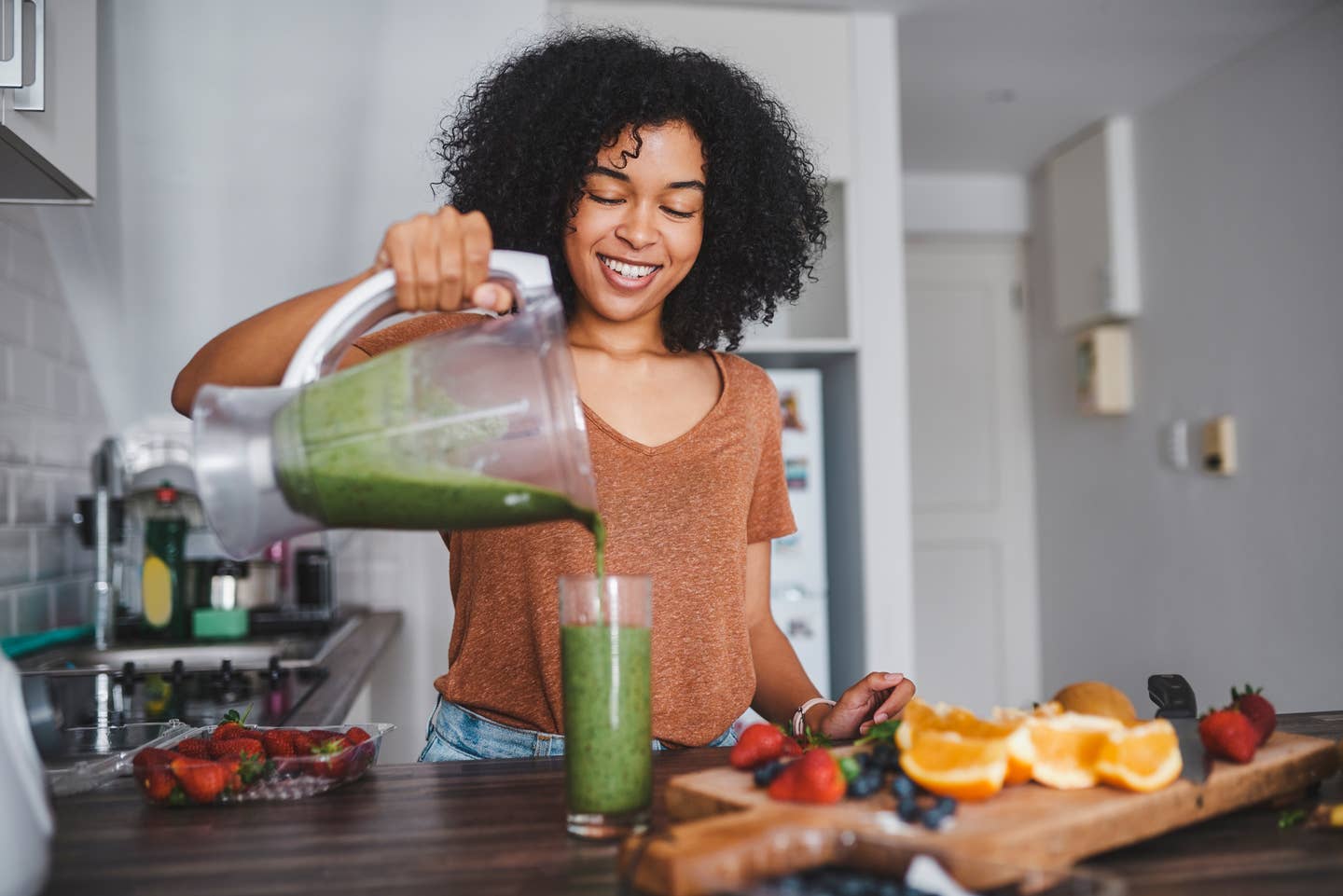
How to Get Enough Iron When You’re Following a Plant-Based Diet
You may think iron is synonymous with meat, and while animal protein certainly has it, that doesn’t mean you can’t get enough iron if you eat a mainly plant-based diet. In fact, you can, if you know the right foods to choose and how to pair them. Here’s what plant-based eaters need to know about iron and which iron-rich foods are best to help reap the benefits.
First, What Exactly Is Iron?
Iron is a mineral found in food that delivers oxygen via red blood cells throughout the body. It may sound trivial but having enough iron in the blood is crucial for the cells to produce energy for daily life. Low levels of iron can lead to deficiency or anemia, which are accompanied by annoying side effects like extreme exhaustion, dizziness, headaches and frequent infections. In short, you need enough iron in your body to not feel completely crummy all day.
The Two Camps of Iron
There are two types of iron and depending on which kind you’re primarily eating your iron levels will be different. Heme iron is iron that is most easily absorbed by the body, and it comes from meat like beef, chicken, pork, and seafood. Non-heme iron is not as well absorbed, and it’s found in plants like grains, fortified cereals, beans, nuts, seeds, vegetables, and dairy.
Research from the American Journal of Clinical Nutrition has found heme iron absorption rates to be about 15-35%, while a study published in PLoS One found non-heme iron absorption rates to range from 1-22%. Yet surprisingly, research has found that vegetarians and vegans are no more likely to be iron deficient than the rest of the population. In fact, "A diet rich in whole grains, legumes, nuts, seeds, dried fruits, iron-fortified cereals and green leafy vegetables provides an adequate iron intake." the study found. But since their iron source is non-heme iron, those on a plant-based diet must aim to eat more than the recommended amounts, as not all of the iron they eat will be completely absorbed by the body.
The daily recommendation from the National Institutes of Health (NIH) for iron intake is 18 milligrams (mg) for female adults and 8 mg for male adults.
However, the NIH recommends vegetarians eat 1.8 times more iron than meat-eaters. Whether you’re completely or only partially plant-based use this recommendation as a guideline to make sure you’re consuming enough iron. And if you’re worried you’re not getting enough plant-based iron in your daily diet. See our handy cheat sheet below for the plant-based foods with the highest amounts of iron, and ask your doctor to check your iron levels. If they are low, discuss with them if adding an iron supplement to your daily diet is right for you.
How to Increase Iron Absorption
There is a secret to maximizing the amount of non-heme iron your body can take in. Pairing iron-rich ingredients with foods that are high in vitamin C actually enhances the absorption of iron. It’s as simple as adding bell peppers to your stir fry, topping a baked potato with sautéed spinach, or eating cashews with strawberries for a snack. (Just skip the Greek yogurt because calcium can interfere with your body’s ability to absorb iron.)
The Best Plant-Based Iron Sources
1. White Mushrooms
1 cup cooked = 3 mg iron (17% daily value (DV))
There are many reasons to eat mushrooms on the regular, but their meaty texture (try a Portobello cap as a meat replacement for a burger!) and ample protein are two of the highlights. Add them to your stir-fry, tacos, or even instead of meat in a faux Bolognese sauce.
2. Lentils
1/2 cup = 3 mg iron (17% DV)
You don’t need to eat a huge serving of lentils to get a hearty dose of iron. Just a half-cup provides close to 20% of the iron you need in a day. Just like mushrooms, lentils have a meaty texture that works well in burgers, tacos, or grain bowls.
3. Potatoes
1 medium potato = 2 mg iron (11% DV)
The poor potato has gotten such a bad rap. Fear of this carb-rich spud is unwarranted because it’s actually an affordable and delicious source of iron and potassium. So go ahead and have that hash, baked potato, or potato soup and leave the skin on for some added fiber.
4. Cashews
1 ounce = 2 mg iron (11% DV)
Most nuts contain iron, but cashews are a standout because they have less fat than some of the other nuts. One ounce of cashews (about 16 to 18 nuts) has 160 calories, 5 grams of protein, and 13 grams of fat. Add a handful of cashews to smoothies, soups, or sauces for some extra creaminess.
5. Tofu
½ cup = 3 mg (15% DV)
Not only does tofu have plenty of protein and calcium, but it’s also a good source of iron. It’s very versatile and takes on the flavor of any sauce or marinade, making it a great meat substitute.
Keep in mind that you can easily get the iron you need from a plant-based diet.
More From The Beet






